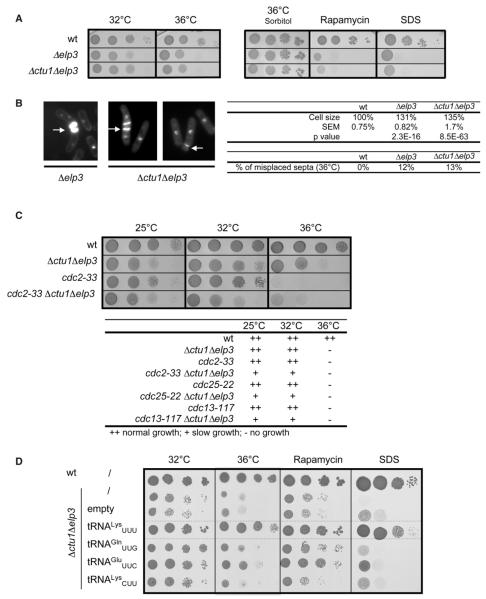Figure 1. The Absence of the mcm5s2 Modification Leads to Specific Phenotypes Suppressed by Overexpression of the Unmodified tRNALysUUU.
(A) Spot dilution assay of wt, Δelp3 and Δctu1Δelp3 strains grown on rich media at 32°C or 36°C, or supplemented with 1 M sorbitol, 5 ng/ml rapamycin, or 0.005% SDS.
(B) Left panel: DAPI and calcofluor stained Δelp3 or Δctu1Δelp3 cells grown at 36°C. Right panel: measurement of septated cell size (reported to wild-type = 100%; p value by Student’s t test; n > 100) and counting of misplaced septa (n > 100) in the Δelp3 and Δctu1Δelp3 strains.
(C) Spot dilution assay of wt, Δctu1Δelp3, cdc2-33 and Δctu1 Δelp3 cdc2-33 grown on rich media at 25°C, 32°C, or 36°C and a summary of similar interactions with the cdc25-22 and cdc13-117 alleles.
(D) Spot dilution assay of the Δctu1Δelp3 strain expressing elevated levels of tRNALysUUU, tRNAGlnUUG, tRNAGluUUC, or tRNALysCUU on indicated selective minimal media.
See also Figures S1 and S2.

